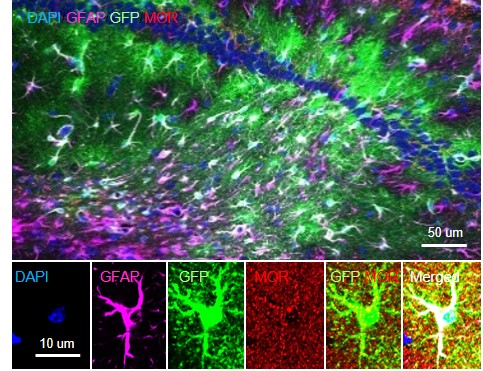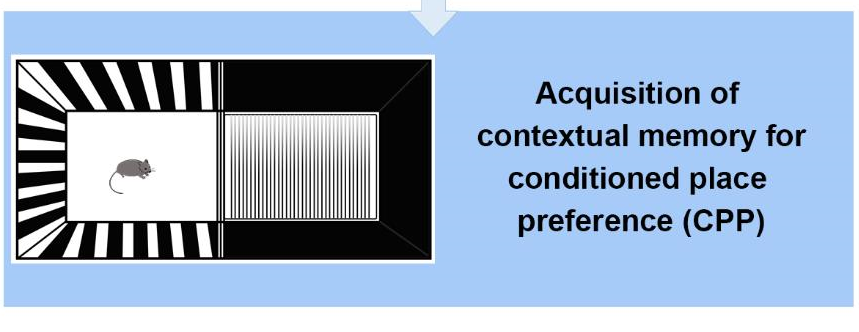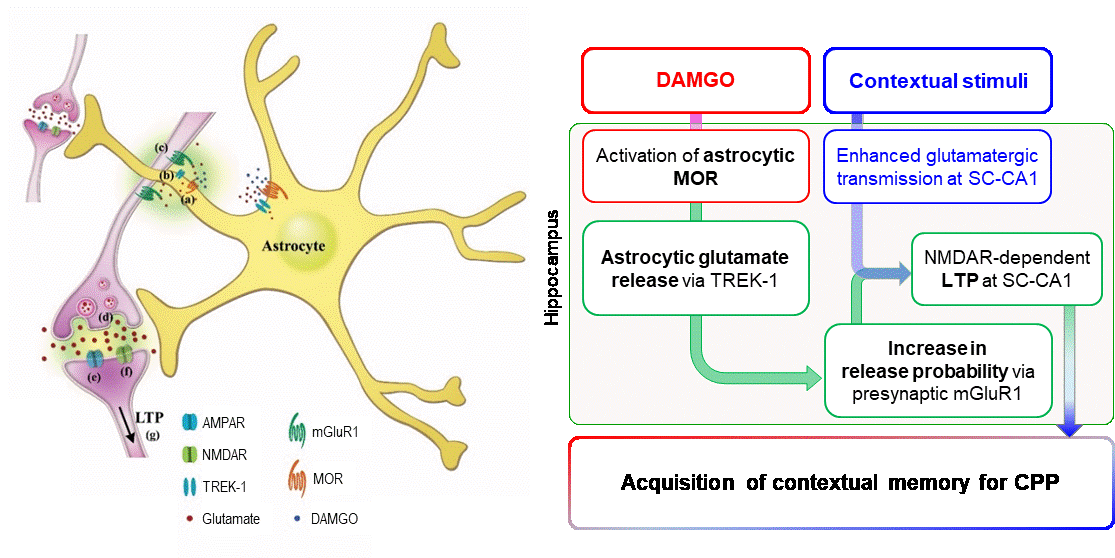주메뉴
- About IBS 연구원소개
-
Research Centers
연구단소개
- Research Outcomes
- Mathematics
- Physics
- Center for Underground Physics
- Center for Theoretical Physics of the Universe (Particle Theory and Cosmology Group)
- Center for Theoretical Physics of the Universe (Cosmology, Gravity and Astroparticle Physics Group)
- Dark Matter Axion Group
- Center for Artificial Low Dimensional Electronic Systems
- Center for Theoretical Physics of Complex Systems
- Center for Quantum Nanoscience
- Center for Exotic Nuclear Studies
- Center for Van der Waals Quantum Solids
- Center for Relativistic Laser Science
- Chemistry
- Life Sciences
- Earth Science
- Interdisciplinary
- Center for Neuroscience Imaging Research (Neuro Technology Group)
- Center for Neuroscience Imaging Research (Cognitive and Computational Neuroscience Group)
- Center for Algorithmic and Robotized Synthesis
- Center for Nanomedicine
- Center for Biomolecular and Cellular Structure
- Center for 2D Quantum Heterostructures
- Institutes
- Korea Virus Research Institute
- News Center 뉴스 센터
- Career 인재초빙
- Living in Korea IBS School-UST
- IBS School 윤리경영


주메뉴
- About IBS
-
Research Centers
- Research Outcomes
- Mathematics
- Physics
- Center for Underground Physics
- Center for Theoretical Physics of the Universe (Particle Theory and Cosmology Group)
- Center for Theoretical Physics of the Universe (Cosmology, Gravity and Astroparticle Physics Group)
- Dark Matter Axion Group
- Center for Artificial Low Dimensional Electronic Systems
- Center for Theoretical Physics of Complex Systems
- Center for Quantum Nanoscience
- Center for Exotic Nuclear Studies
- Center for Van der Waals Quantum Solids
- Center for Relativistic Laser Science
- Chemistry
- Life Sciences
- Earth Science
- Interdisciplinary
- Center for Neuroscience Imaging Research (Neuro Technology Group)
- Center for Neuroscience Imaging Research (Cognitive and Computational Neuroscience Group)
- Center for Algorithmic and Robotized Synthesis
- Center for Nanomedicine
- Center for Biomolecular and Cellular Structure
- Center for 2D Quantum Heterostructures
- Institutes
- Korea Virus Research Institute
- News Center
- Career
- Living in Korea
- IBS School
News Center
| Title | Why are we so drawn to places of happy memories? | ||
|---|---|---|---|
| Embargo date | 2019-07-31 00:00 | Hits | 2872 |
| Research Center |
Center for Cognition and Sociality |
||
| Press release | |||
| att. | |||
Why are we so drawn to places of happy memories?- Scientists identified astrocytic MORs in the hippocampus are key to conditioned place preference - If somebody asks me “are you a coffee addict?” I may say, “Yeah it seems like, but on the one condition, only in my office.” I don’t have that much craving for coffee at home, but just being in the office, where I used to drink coffee all the time seeking to get caffeine jitters, seems to trigger my caffeine-addicted brain. It is often said that breaking bad habits or additions is all about a person’s willpower. However, as a behavior study researcher Bruce Alexander put it, “Addiction is an adaption. It’s not you—it’s the cage you live in.” (Source: Chasing the Scream (audiobook): The First and Last Days of the War on Drugs). Studies have revealed that environmental stimuli such as places are the strong force behind our addiction. For example, the studies into the heroin-addicted Vietnam war veterans found that changes in their living place – returning home from the battlefield were the hidden force to break their drug addictions so effectively. When you feel happy or pleasant, several areas of the brain take part to feel, remember, and repeat the action. Specifically, the hippocampus is responsible for spatial memory acquisition. People may remember where such feeling-good experience takes place and revisit the place to remind such pleasant experience. However, things could get quite problematic if the experience involves drug abuse. The Conditioned Place Preference (CPP) is an experimental paradigm to study the mechanism of addictive behaviors associated pleasant experience. It was long believed until recently that the release of the hormone dopamine in the mesolimbic pathway of the brain is the key to CPP. However as dopamine-deficient mice were found to exhibit CPP, the brain’s CPP pathways have remained elusive. Meanwhile, the hippocampus, the brain region responsible for spatial memory, has not been considered to be involved in CPP. Led by Dr. C. Justin Lee, researchers at the Center for Cognition and Sociality within the Institute for Basic Science (IBS) in Daejeon, South Korea have identified a new mechanistic element of CPP, mu-opioid receptors (MORs) expressed in astrocytes of the hippocampus. Opioids include endorphins (our brain’s feel-good transmitters) or morphine (a major painkiller) that can make people feel relaxed or happy, and can be addictive. Much has been studied on neuronal MORs, but failed to form a comprehensive understanding of the CPP mechanism. The research team looked at a seemingly unlikely cells that had been deemed to only provide support and protection for neurons, astrocytes (i.e. a cell type of non-neuron cells) in the brain. They narrowed their target range to the astrocytic MORs in the hippocampus as it is the place where spatial memory is formed.
In their mice experiments, the researchers placed mice in two separate spaces with one door in the middle. One compartment was black with a stainless steel grid rod floor and another one was striped with black and white. At first, they let mice to move around the two spaces through the door in order to find their preferred place and non-preferred one. Then they gave mice DAMGO or morphine in their non-preferred spaces to condition only opioids controls the mice’s CPP. After this conditioning, the researchers again let the mice freely explore the two separate spaces, and observed which room the mice prefer. (See Figure 2.) The experiments demonstrated the injection of exogenous opiod (DAMGO) or morphine activates astrocytic MORs in the hippocampus to release glutamates. These excitatory neurotransmitters increase the synaptic transmissions at Schaffer collateral-CA1 synapse in the hippocampus, which is responsible for the acquisition of spatial memory to induce CPP. The increased synaptic activities is technically called the long-term potentiation (LTP). (See Figure 3.)
To see whether the astrocytic MORs are the essential component to initiate opioid-induced CPP, the researchers performed astrocyte-specific gene-silencing of MORs in the hippocampus and see if CPP is induced by DAMGO treatment. The researchers found that CPP was not induced by DAMGO treatment without hippocampal astrocytic MORs. These findings indicate that hippocampal astrocytic MORs are critical for CPP induction, in addition to mesolimbic neuronal MORs. The first author of this study, Dr. Min-Ho Nam says, “There have been long-believed dogma about conditioned place preference (CPP): Interneuronal MOR in mesolimbic dopamine system is the only key for CPP. To overcome this dogma, we adopt multidisciplinary strategies including genetics, histology, electrophysiology, and behavioral assays.”
Notably, this study verified that the astrocytic MORs in the hippocampus is where both artificial (morphine) and biological opioids (endorphin replaced by DAMGO) begin to induce the acquisition of contextual memory associated with pleasure. “Astrocyte is the most abundant cell type in the brain. This astrocyte-oriented study allows to step forward in understanding how humans prefer a certain place where a happy memory is associated with. We expect this study fuel the move from neuro-centric to glio-centric view in the brain science field,” explains the corresponding author of this study Dr. Lee. Dahee Carol Kim Notes for editors - References - Media Contact - About the Institute for Basic Science (IBS) |
|||
|
|
|||
| Next | |
|---|---|
| before |
- Content Manager
- Communications Team : Kwon Ye Seul 042-878-8237
- Last Update 2023-11-28 14:20










![[영상보기] 해마 별세포의 뮤-오피오이드수용체를 통한 특정장소선호 기전 규명](https://www.ibs.re.kr:443/dext5data/2019/07/20190731_142506890_91970.jpg)




